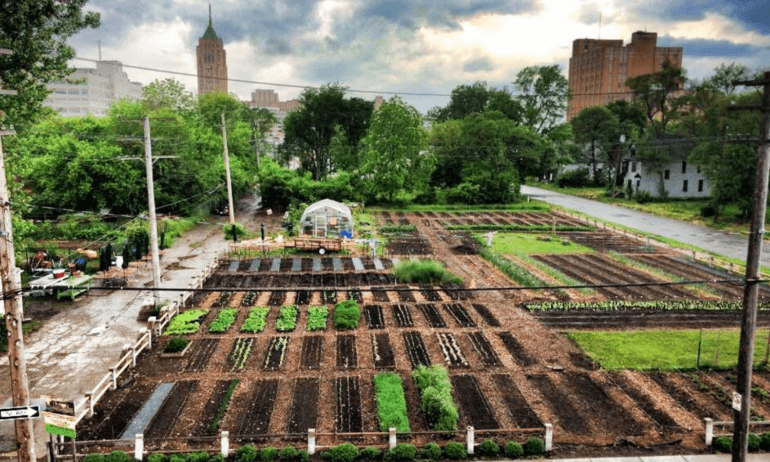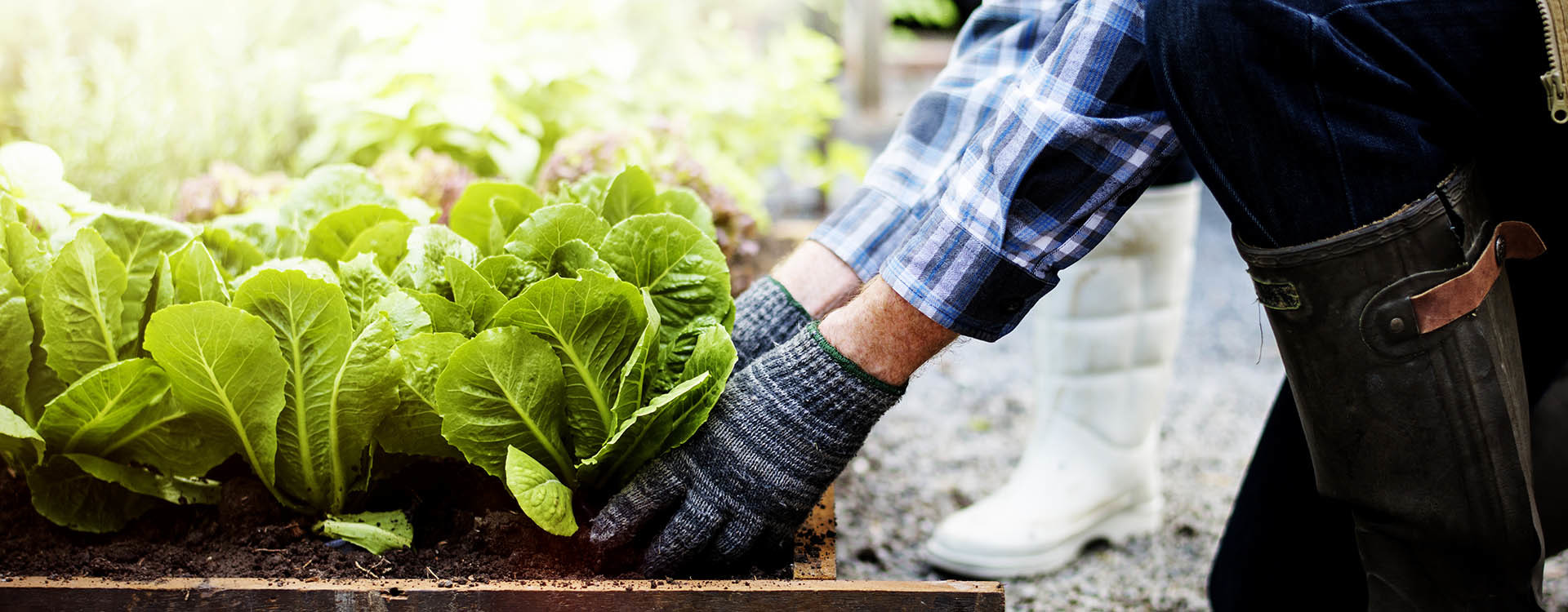The Basic Principles Of City Blooming
The Basic Principles Of City Blooming
Blog Article
How City Blooming can Save You Time, Stress, and Money.
Table of ContentsThe City Blooming Statements7 Easy Facts About City Blooming ShownCity Blooming Fundamentals Explained4 Easy Facts About City Blooming DescribedFascination About City Blooming
Fascinated in expanding food for sale in the City of Chicago? Below is a checklist of often asked questions concerning the regulations and guidelines that cultivators ought to think about when preparing an urban agriculture project.
The zoning modification does not customize any type of various other codes taking care of composting, building permits, purchasing or renting City owned building, business licenses or environmental contamination. There are existing codes that regulate these problems and they stay in complete result and may be appropriate to your task. Community yards are normally possessed or managed by public entities, civic companies or community-based companies and kept by volunteers.
Urban ranches grow food that is planned to be marketed, either on a not-for-profit or for-profit basis. Due to their industrial objective, city ranches call for an organization license. Yes. An area garden is allowed to sell surplus produce that was expanded on site if the sales are accessory or secondary to the garden's key objective explained over.
City Blooming Can Be Fun For Anyone
The amount of garden compost material can not surpass 25 cubic yards at any provided time according to the criteria in 7-28-715 of the City's Municipal Code. Because the soil at most brand-new yard websites requires modifying, compost, soil, timber chips, or various other materials can be acquired to construct or boost the expanding space.

If a building permit is called for then the hoophouse will be taken into consideration an accessory building. You can locate out even more about the structure permit demands by getting in touch with the Department of Structures. The 25,000-square-foot dimension limit is meant to avoid a single area yard from controling an offered block or taking away from the block's existing residential or industrial character.
The limit does not use to yards situated in Public Open Area (POS) areas. Can there be even more than one area garden that is 25,000 square feet on a solitary block? Fencing is not called for, nonetheless, yards that have huge vehicle parking areas may be called for to set up secure fencing or various other landscaping features.
The Only Guide to City Blooming
B1 & B2 districts require that all industrial usage activities be carried out inside. Is fencing required for metropolitan ranches? Fences might be required, along with landscaping and testing, for particular auto parking areas and outside work or storage locations depending on area and the details task taking location.
Urban ranches call for structure licenses and zoning authorizations prior to construction (container and raised bed gardening etc.). Various other kinds of city evaluation may be called for depending on specific frameworks, tasks, size, landscaping, licensing, public heath and stormwater administration problems.
The Division of Service Matters and Consumer Security can help establish the certain kind of organization permit that's needed. Off street vehicle parking is needed for a lot of commercial jobs in Chicago. The called for number of parking spaces is based on the number of workers functioning on site and not why not try this out the square video footage of the expanding room.
What Does City Blooming Mean?

A metropolitan ranch can sell garden compost material generated on website, however, the operation must abide with the policies in 7-28-715 of the Chicago Municipal Code. Aquaponic systems are allowed inside your home on city ranches in numerous zoning districts.
Up to five hives or nests of honey bees may be kept as an accessory use. Beekeepers need to register with the Illinois Division of Agriculture. For even more information concerning the proposed zoning change you may contact the Division of Real Estate and Economic Development, Bureau of Planning and Zoning at 312.744.8563.
Farming in cities and metropolitan locations A city farm in Chicago. Urban farming refers to various methods of growing. https://slides.com/cityblooming, processing, and distributing food in city areas. The term also puts on the location activities of pet husbandry, tank farming, beekeeping, and cultivation in a city context. Urban agriculture is identified from peri-urban agriculture, which takes area in backwoods beside residential areas.
The Ultimate Guide To City Blooming
, that look for to form social networks established on a common ethos of nature and area holism. These networks can develop by means of official institutional assistance, ending up being incorporated right into local town planning as a "shift community" activity for sustainable metropolitan advancement.
In either case, the a lot more direct access to fresh vegetable, fruit, and meat items that may be realised via urban agriculture can improve food security and food safety while lowering food miles, resulting in reduced greenhouse gas discharges, consequently adding to environment adjustment mitigation. Several of the first evidence of city agriculture originates from Mesopotamia.
Report this page